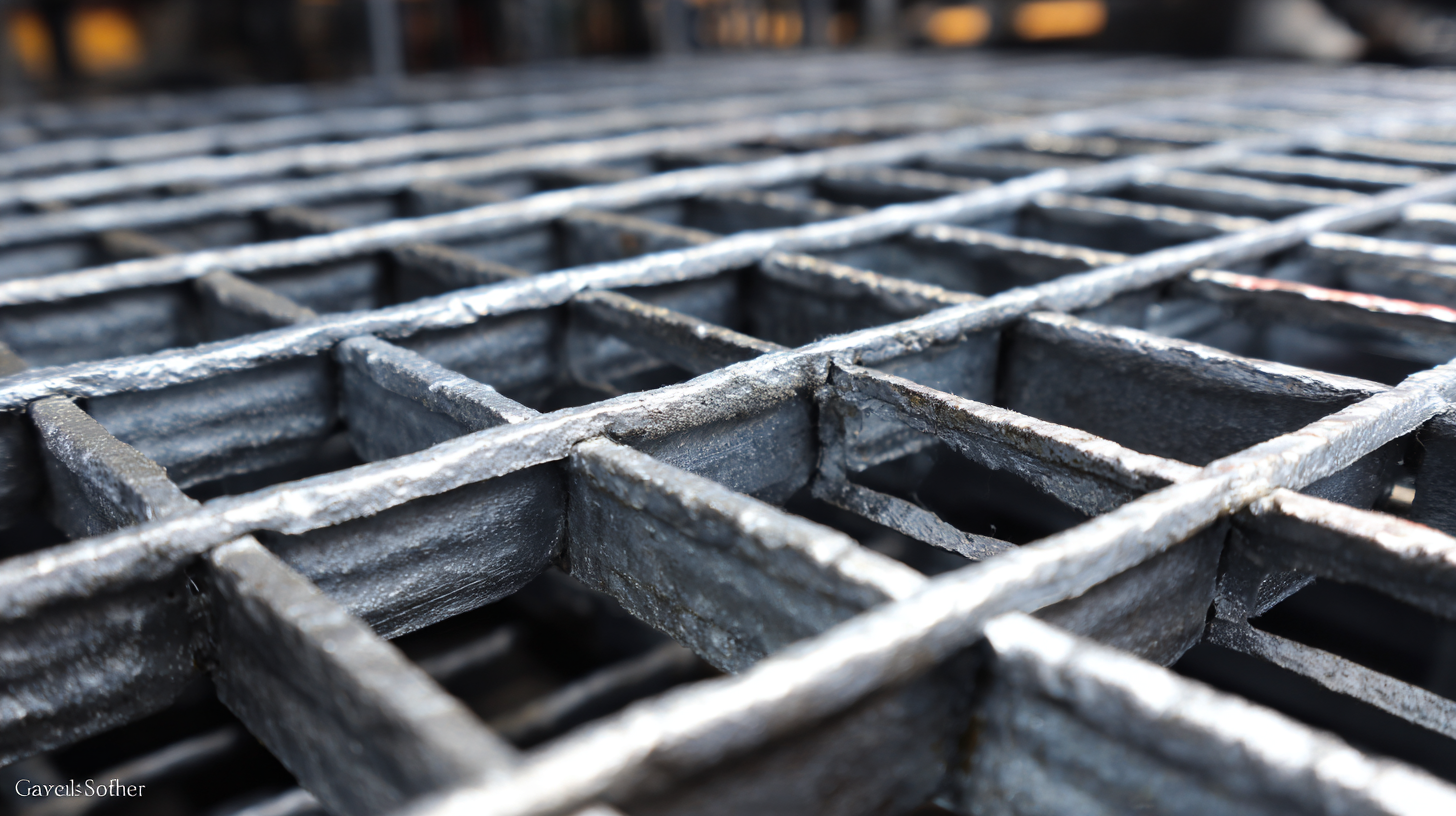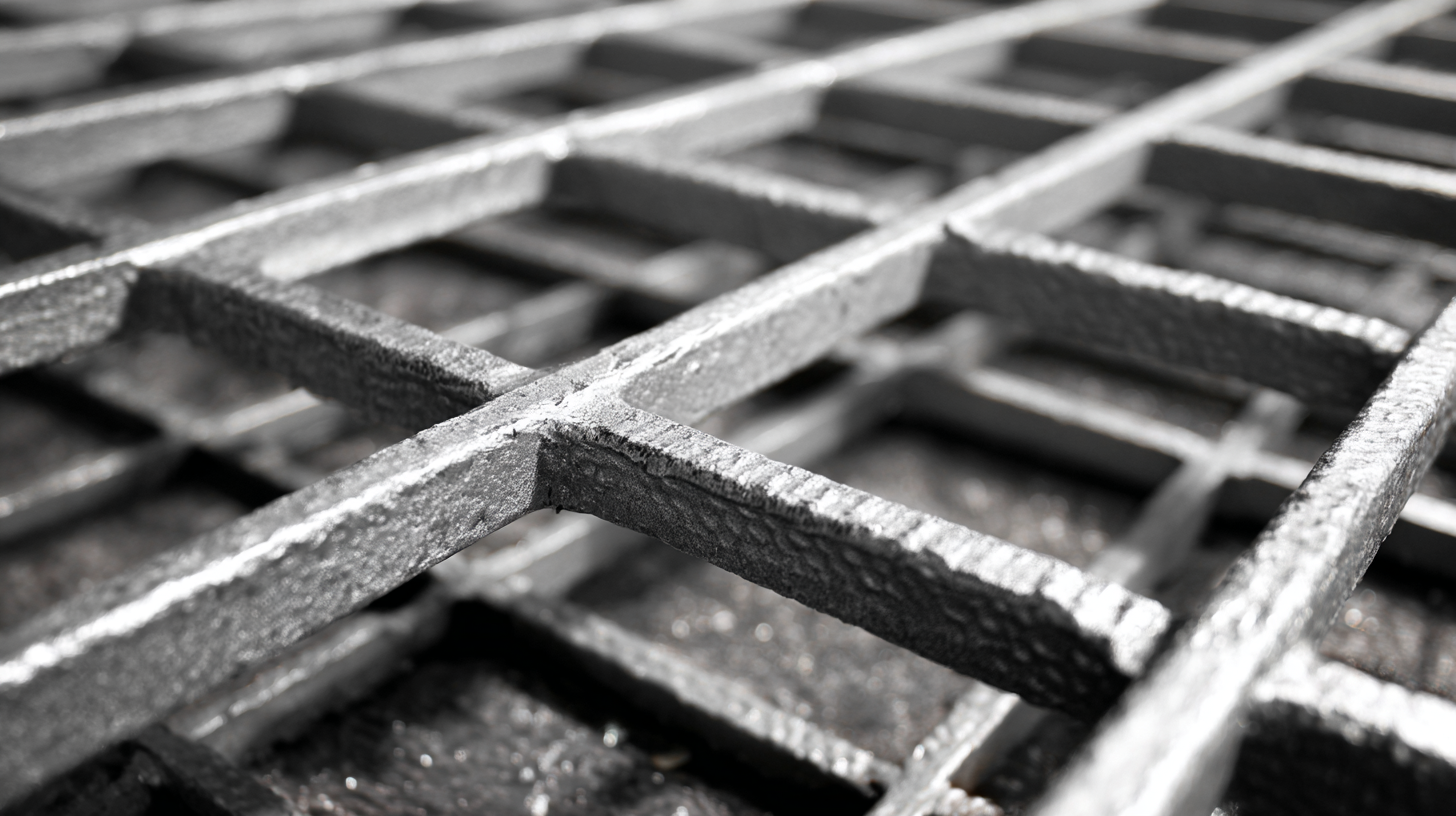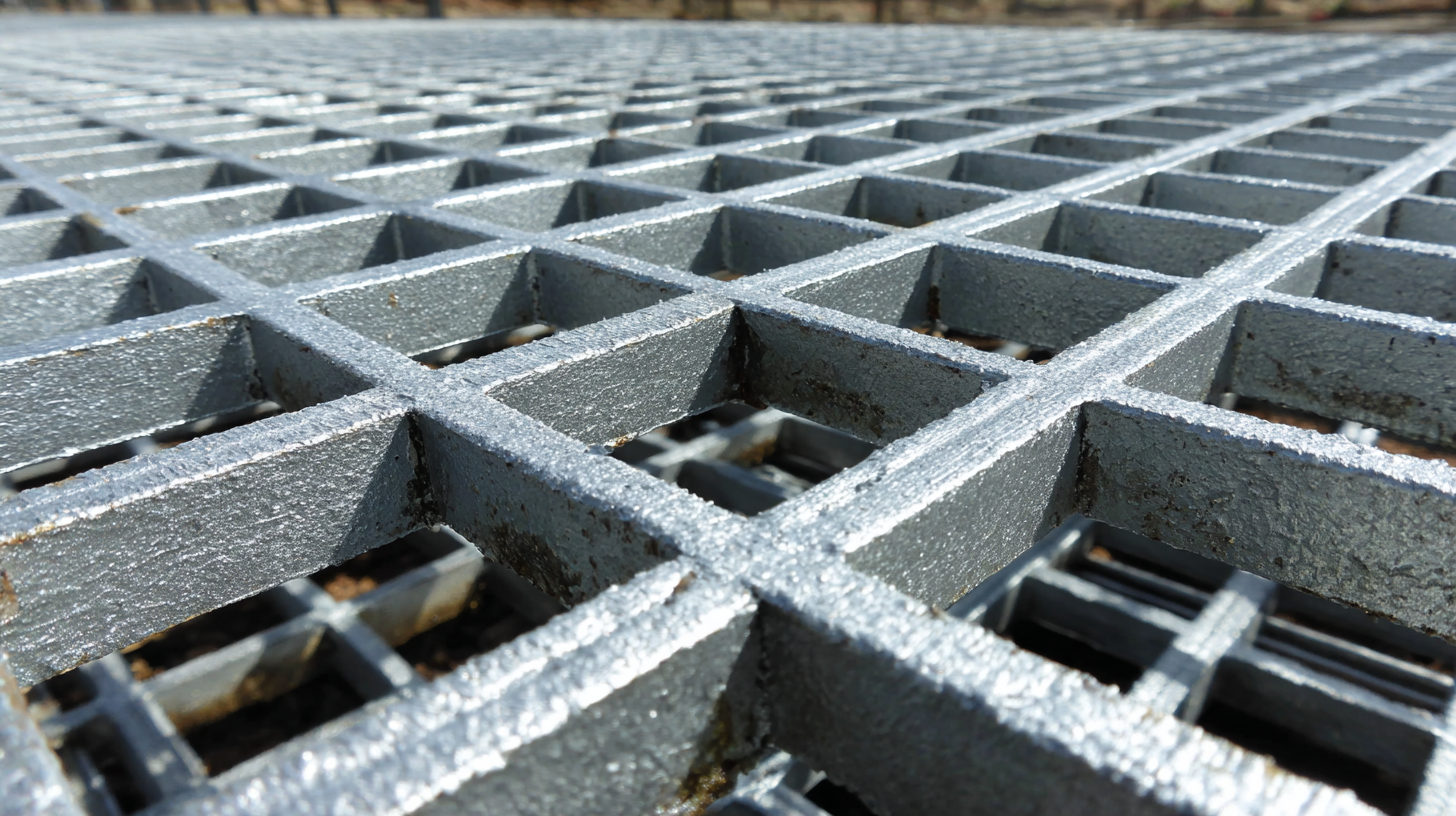In the industrial sector, galvanized steel grating is a crucial element for various applications, ranging from walkways to drainage covers. Understanding the implications of "Galvanized Steel Grating Weight" is essential for engineers and procurement specialists, as it can directly impact structural integrity, load-bearing capacities, and overall project costs. According to the American National Standards Institute (ANSI) and the Steel Grating Manufacturers Association (SGMA), factors such as material thickness, spacing, and the type of galvanization significantly influence the weight of steel grating. Recent data indicates that heavier grating solutions may offer enhanced durability and resistance to corrosion, but they also require a careful evaluation of load requirements and support structures. By exploring these influences in depth, we can better navigate the complexities of selecting the appropriate galvanized steel grating for specific industrial needs while maintaining compliance with industry standards.

When considering galvanized steel grating, various factors significantly influence its weight specifications. Material composition, the thickness of the grating, and the spacing between bars all play critical roles. Thicker bars naturally contribute to a heavier overall structure, while the choice of alloy can lead to variations in density and weight. Additionally, design considerations, such as the pattern and manufacturing process, can impact the final weight, impacting both functionality and cost-effectiveness.
New research into the loads on wind turbine access platforms featuring gratings highlights the importance of understanding these weight specifications. Factors such as drag coefficients and slamming effects from large-scale tests reveal how weight impacts overall stability and safety, particularly in high-wind situations. As industry standards evolve, it's essential for engineers and designers to consider how these specifications can affect not only performance but also compliance with safety regulations.
Tips: When selecting galvanized steel grating, consider both the intended application and environmental conditions to ensure optimal performance. Regularly review industry standards, as they can impact material choice and design specifications. Lastly, collaborating with manufacturers who understand these influencing factors can lead to more effective solutions tailored to specific needs.
The weight of galvanized steel grating is significantly influenced by its material composition, particularly the steel grades used in manufacturing. Different steel grades offer varying levels of strength and durability, consequently affecting the overall weight of the grating. High-quality materials typically provide better corrosion resistance, leading to longer-lasting products. For instance, carbon steel, commonly used in grating, can be alloyed with other elements to enhance its properties. Understanding these steel grades is crucial for choosing the right grating for specific applications.
Tips: When selecting galvanized steel grating, consider the environment where it will be installed. For areas exposed to harsh weather conditions, opt for higher-grade steel that contains alloying elements such as chromium or nickel, which enhance corrosion resistance. Additionally, review the weight-to-strength ratio; lighter grating may be suitable for certain applications, but it should not compromise safety and performance.
Furthermore, the manufacturing process also plays a role in determining weight. Techniques such as hot-dip galvanizing can impact the final product's thickness and weight. Always consult with reputable suppliers who can provide detailed information on the steel grades they offer to ensure you make an informed decision tailored to your project’s needs.

When it comes to galvanized steel grating, understanding the load-bearing capacity is crucial. The design and thickness of the grating play significant roles in determining its overall weight and strength. Thicker grating provides enhanced load-bearing capabilities, allowing it to support heavier weights without bending or deforming. This makes it a preferred choice for industrial and commercial applications where durability is essential.
Moreover, the design of the grating, including the spacing and type of bars used, influences both its weight and functionality. For instance, closer bar spacing results in a heavier, more robust grating that can handle higher loads, while wider spacing can decrease weight but may compromise strength under heavy loads. Manufacturers balance these design elements to ensure that the galvanized steel grating meets industry standards while providing the necessary strength and weight for various applications. Understanding these factors helps in selecting the right grating for specific needs, ensuring safety and efficiency in its use.

Galvanization plays a pivotal role in the overall performance and weight calculations of galvanized steel grating. This surface treatment process involves the coating of steel with a layer of zinc to protect it from corrosion, which can significantly affect the material’s durability and longevity. However, the weight of the grating is also influenced by the thickness of the zinc layer applied during the galvanization process. A heavier zinc coating can increase the weight, which is an important consideration for applications where weight limitations are crucial.
Moreover, the method of galvanization, whether hot-dip or electro-galvanizing, can impact the weight characteristics of the steel grating. Hot-dip galvanization can result in a thicker coating and, consequently, a heavier end product, while electro-galvanizing provides a thinner layer of zinc that may help in keeping the overall weight down. It’s essential for manufacturers to understand these differences, as the choice of galvanization method will ultimately affect not just the weight, but also the performance and suitability of the grating for various industrial applications.
When evaluating weight specifications for galvanized steel grating, it is essential to consider various applications and their specific requirements. According to the American National Standards Institute (ANSI), certain industries, such as construction and infrastructure, typically utilize weight standards that maximize strength while minimizing material costs. For instance, standard steel grating weighs between 1.5 to 3 pounds per square foot for heavy-duty applications, offering considerable support and durability.
In contrast, lighter grating options, weighing around 0.75 to 1.5 pounds per square foot, are often employed in less demanding environments, such as walkways or platforms. A report from the Steel Grating Manufacturers Association highlights that the choice of weight is influenced not just by load-bearing needs, but also by factors such as corrosion resistance and ease of installation. Additionally, innovative design techniques, like the use of high-strength steel alloys, enable manufacturers to decrease weight without sacrificing structural integrity, aligning with evolving industry standards. These considerations underscore the importance of selecting the appropriate galvanized steel grating weight based on the specific demands of each application.
| Application | Standard Weight (lbs/sq ft) | Material Thickness (inches) | Load Capacity (lbs) | Corrosion Resistance Rating |
|---|---|---|---|---|
| Walkways | 2.0 | 1/4 | 2000 | Grade A |
| Heavy Machinery | 3.5 | 3/8 | 3000 | Grade B |
| Industrial Platforms | 2.5 | 5/16 | 2500 | Grade C |
| Drain Covers | 1.8 | 1/4 | 1500 | Grade A |
| Parking Structures | 2.2 | 5/16 | 2500 | Grade B |